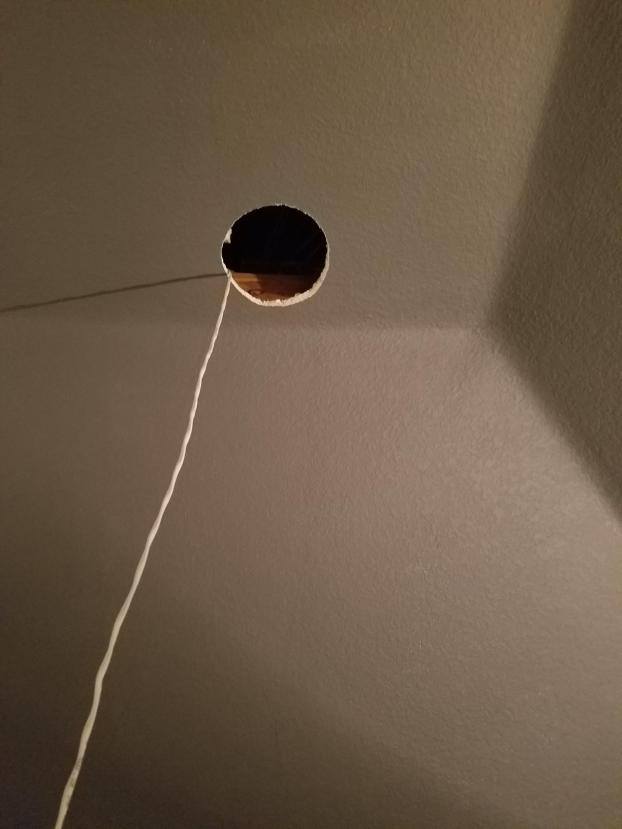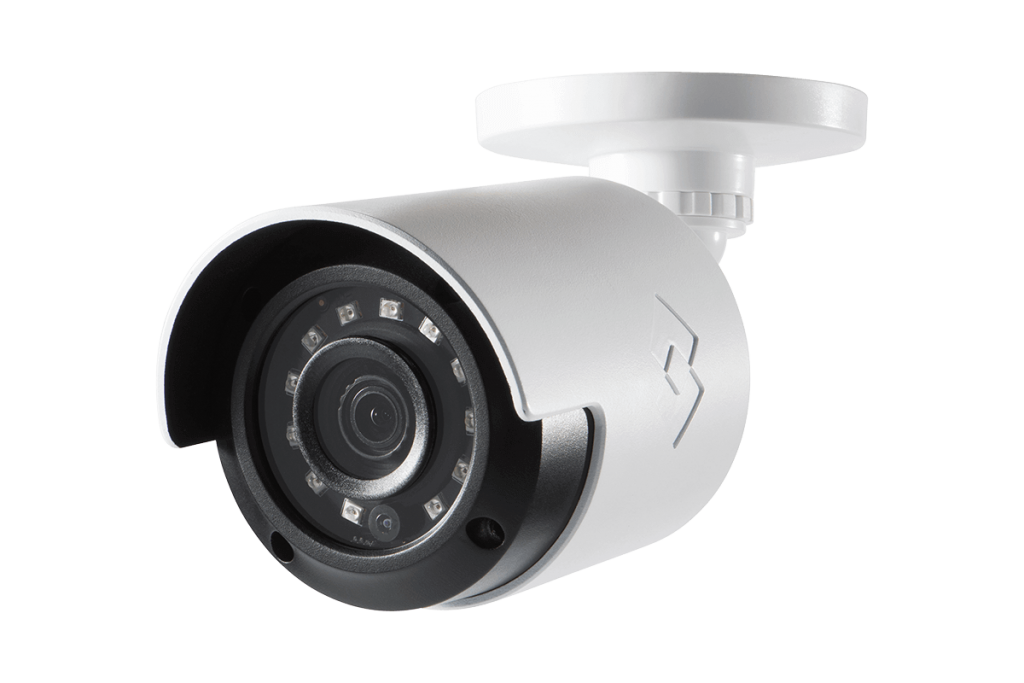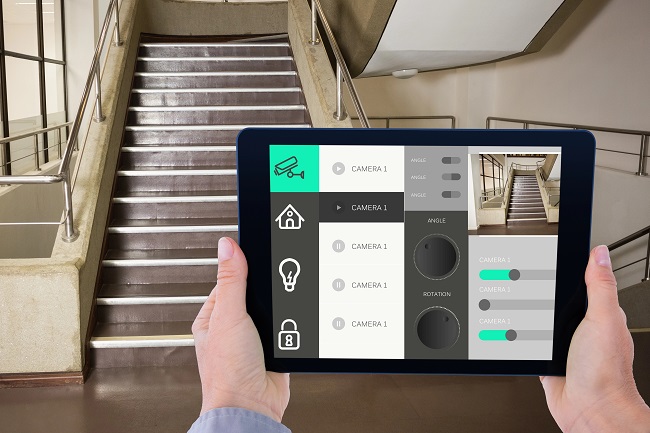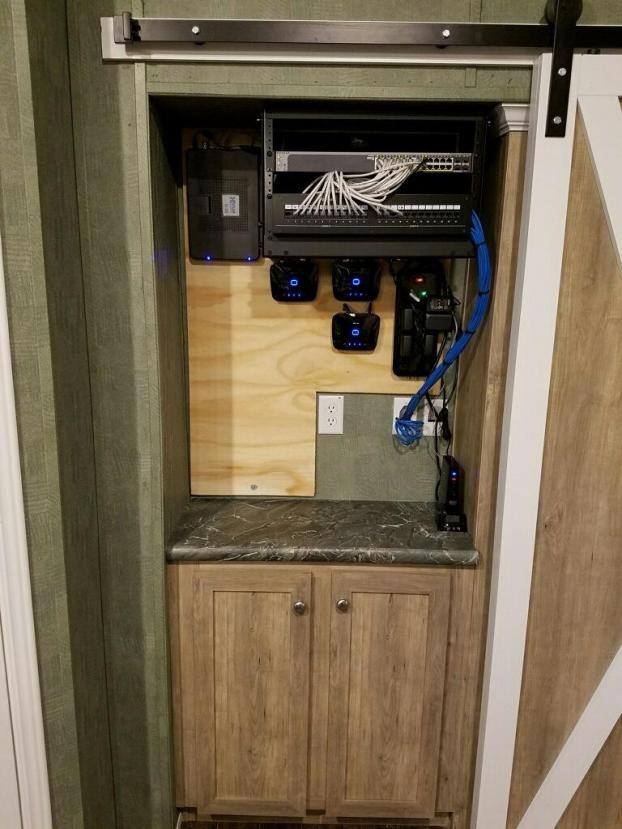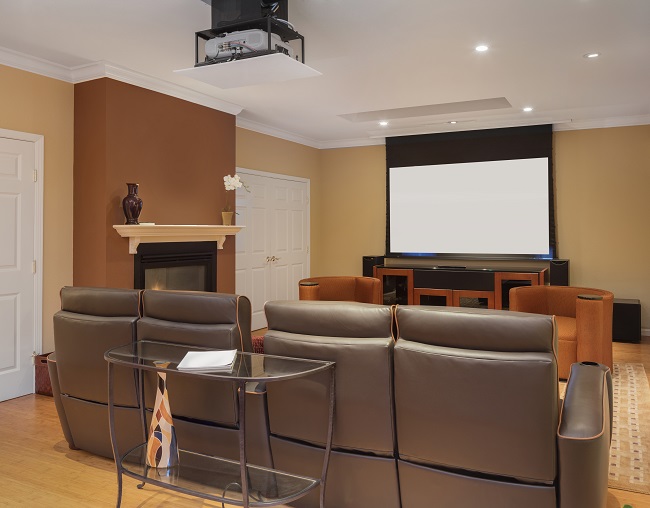Have you ever had network connectivity issues at your business? Or struggled to install new equipment or devices? Unfortunately, in most cases, these struggles result from poorly planned or installed network infrastructure and cabling, which can render your existing technology useless in no time at all. Fortunately, you can take steps to ensure that this doesn’t happen to you or your team, whether it’s updating your physical infrastructure with new cables or implementing more advanced systems like VLANs (virtual local area networks).
To learn more about how to create a lasting infrastructure with network cabling, read below!

What Is Network Cabling?
In its most basic form, network cabling is the process of connecting various devices to form a network. This can be done via wired or wireless means, but in most cases, it refers to the physical cables used to connect devices.
The type of cable used will depend on the application and the environment in which it will be installed. For example, Ethernet cable is usually used for computer networks, while fiber optic cable is often used for long-distance communications.
Choosing an Infrastructure
Building a lasting infrastructure starts with careful planning. First, you need to consider the future of your business and how it will grow. Then, you can decide on the type of network cabling that will best suit your needs. The three most common types of network cabling are twisted pair, coaxial, and fiber optic. Each has advantages and disadvantages, so choosing the right one for your business is essential.
How to Choose Components
When it comes to choosing the right components for your network cabling infrastructure, there are a few things you need to keep in mind:
- It would help if you make sure that the components you choose are compatible with each other.
- You need to ensure that the chosen components can handle the traffic you expect your network to have.
- You must ensure that the chosen components can withstand the elements.
Where Should You Install It?
It’s important to have a clear plan of where you want your cabling installed. This will ensure that your cabling is out of the way and you won’t be disturbed by foot traffic or other activity in your office. The best places to install network cabling are in the ceilings, under the floorboards, or in conduit.
What Type of Cable Should You Use?
Wiring standards help ensure that your cabling infrastructure can support current and future technologies. They also help ensure compatibility between different types of equipment. Also, wiring standards help make your network more reliable and can lower the cost of ownership.
Testing and Troubleshooting Your Installation
Once your cabling is installed, it is important to test and troubleshoot your installation to ensure everything is working correctly. Here are a few tips on how to do this:
- Double-check and secure all of your connections
- Test your network by sending data between devices.
- Use a network analyzer to check for errors in the signal.
- Examine the cables for physical damage.
Final Thoughts
When setting up the infrastructure for your business, you want to ensure you do it right the first time. If you spend money on good network cabling, your business will have the foundation it needs to grow and do well.
Contact us today at Audio Visual Solutions or visit our website for more information on how we can help design the perfect network cabling system for your facility. We look forward to speaking with you soon!

